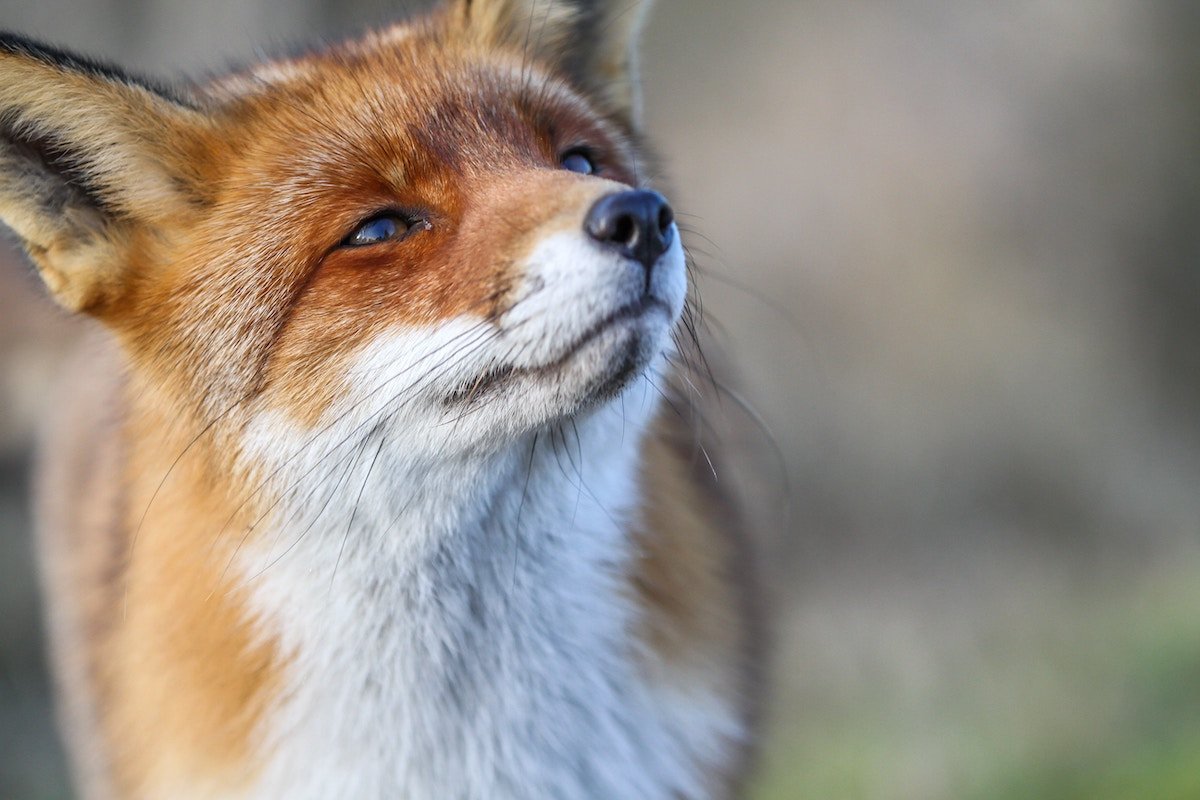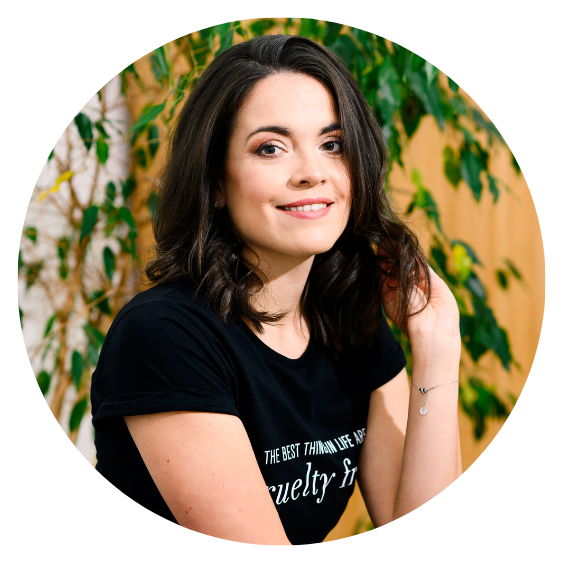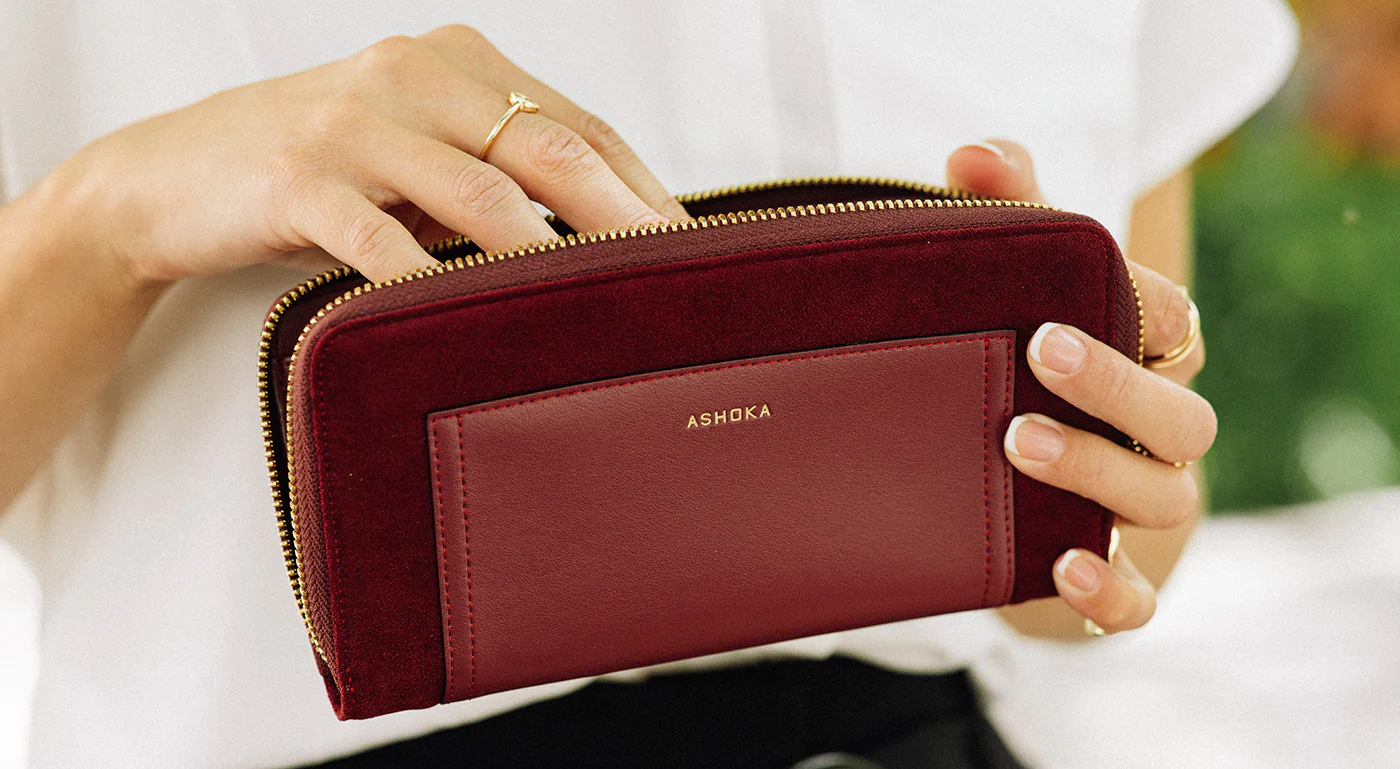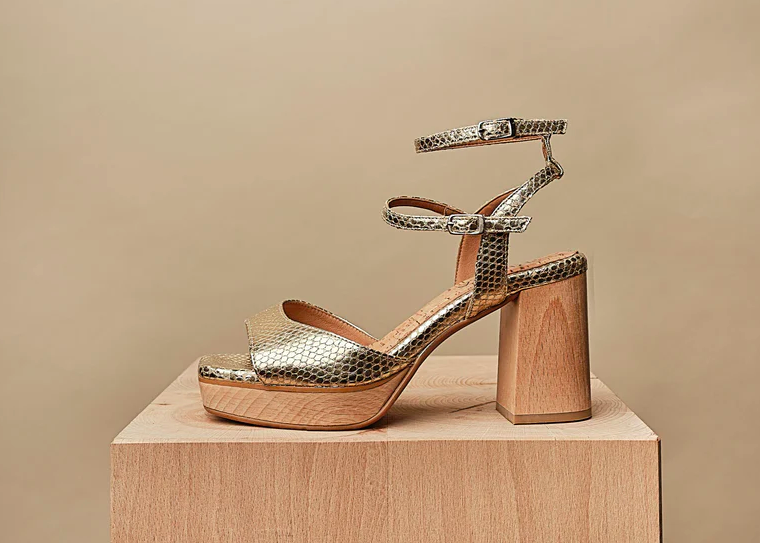Fur is Dead. So Why Hasn't Max Mara Banned It Yet?
Fur. It's been a while since we last saw that word in fashion. Today, most high-end designer labels have publicly banned it from their collections. The wave of fur bans started with Gucci CEO Marco Bizzarri referring to fur as “not modern” in 2018, and a domino effect followed: the likes of Chanel, Prada, Versace, Burberry, Dolce & Gabbana, Michael Kors, Balenciaga, and the entire fashion house of Kering, among others, banned it from their collections. “Fur? I'm out of that,” said Donatella Versace in the seminal anti-fur year of 2018. “I don't want to kill animals to make fashion. It doesn't feel right.” Today, you'd be hard-pressed to find fur anywhere on international runways. But yet today there are a few holdouts, such as Max Mara, Fendi and Louis Vuitton, who cling to the pelts – and as long as they do, is fur truly dead?
Why are fashion brands banning fur?
As the climate crisis ravages the planet, an ethical mindset is the coolest thing to have in fashion. Sustainability credentials are up there with It bags when it comes to hip factor, and brands are waking up to the importance of the provenance of clothes. Decades of campaigning by animal rights groups have unveiled the horrors behind the fur trade – animals kept in filthy cages which they never get to leave, subjected to starvation and thirst, and denied much-needed veterinary care. Investigations showed mink living with missing limbs from fights, in cages next to the rotting corpses of their cagemates. Foxes spent their entire lives in cages where they couldn't even turn around. At the time of slaughter, the animals were killed using the cheapest methods farmers had available, such as poisoning, gassing, and electrocution.
The fur industry's welfare reassurances fall on deaf ears: the Origin Assured mark swiftly disappeared after PETA released a collective volume of investigative footage in collaboration with local activist groups, revealing abysmal conditions at OA farms. “Cruelty Assured” quickly laid any doubts to rest: the fur industry's ethical claims were nothing but a marketing ploy.
Another reason why fashion brands are giving fur the cold shoulder is its undeniable environmental impact. The fur trade, like any other industry using animals on a large scale, is rife with sustainability issues. Several European advertising standards agencies have ruled that ads promoting “eco-friendly” fur are misleading, and with good reason: fur farms are factory farms, with all that it entails (the term isn't only applicable to food) such as enormous amounts of runoff from the farms ends up in the waterways of the areas surrounding the farms. A good example of this is the 2015 investigation into Lithuanian fur farms, which found each and every of the 31 farms in the Siauliai district – famous for fur farming – in breach of waste disposal regulations. The investigation was launched following complaints from locals, and has led to a bill to ban fur farming in Lithuania. By doing so, it would be in great company: countries such as Italy, Poland, the UK, Slovenia, Croatia, Malta and many more have also banned it.
Toxic chemicals also play a big role in fur production. The industry likes to tout “biodegradability”, but in order to keep pelts from biodegrading on the wearer's back, the industry treats them with formaldehyde, hexavalent chromium, and other harsh, toxic substances. Alarmingly, children's fur clothing has been found containing high levels of toxic chemicals. And during the pandemic, we got definite proof that fur is killing us as well as animals: most countries that still have fur farms experienced COVID-19 outbreaks on the farms. In Denmark, a new strain of the virus was found, and the Netherlands brought forward their planned closure of all fur farms by four years. All of these factors contributed to the fashion industry getting wary.
Who are the holdouts?
While fashion is unanimously moving away from fur, there are still brands whose collections include fur trim – as in the case of Max Mara – or full-length fur coats, as with furriers Fendi. Louis Vuitton's new menswear creative director Pharrell Williams used both faux fur and animal-derived fur in his first collection, presented in Paris in June. Among the holdouts, Max Mara seems to be in a perfect position to introduce a ban: famous for its demure sophistication and polished elegance, it's hardly at home in the loud, brash aesthetic that has become synonymous with fur. But the brand remains silent about its support of fur – despite hardly being able to protect itself from criticism after all the backlash. A Humane Society investigator went to visit several brands who still sold fur at Harrods, hearing from the Max Mara staff that “these are not made in a cruel way, the animals don't suffer” and referring to their SAGA Furs certification. One of the world's biggest fur suppliers, SAGA Furs has been investigated by Humane Society. The findings revealed foxes over-bred to enormous weight in order to produce more fur – these animals showed signs of self-mutilation due to the extreme stress of captivity.
Former CEO of the British Fur Trade Association Mike Moser left his position to join the anti-fur campaign, after years of seeing animals in the industry kept in cages and deprived of everything that's natural to them. “I could no longer in good faith, and with good conscience, continue defending what I find to be indefensible,” said Moser, describing the fur industry as “anachronistic, barbaric and unnecessary.”
Fashion sustainability rating organisation Good On You has given Max Mara the bottom score of We Avoid, citing a lack of transparency. Indeed, Max Mara provides no information on its sustainability efforts, production practices, or animal welfare.
What are the vegan alternatives?
The fur industry loves touting fur as “sustainable” and remind that faux fur is made from plastic. We have already established that fur's sustainability credentials are more than subpar, but let's take a closer look at the vegan alternatives. Until recently, our only choice was in fact petroleum-derived “plastic” fabrics. But even those, harmful as they are to the planet, are more eco-friendly than raising millions of mink for their pelts. A Dutch study found that a mink coat will always have at least five times the environmental impact of a faux fur – but the even better news is that today, we no longer have to choose between two evils.
Brands such as Will's Vegan Store and Maison R&C are offering recycled vegan furs – the latter features a coat made from 100 percent recycled corn. And material innovation companies are also looking into moving away from petroleum. French faux-fur artisans ECOPEL are dedicated to innovating vegan fur from an environmental perspective. Their revolutionary KOBA material is made from bio-based ingredients and has been used in designs by Stella McCartney. The material uses 30 percent less energy and emits 63 percent fewer greenhouse gases than traditionally made faux furs.
Model Natalia Vodianova in Stella McCartney's sustainable faux fur. Credit: Stella McCartney
A futuristic innovation that could soon become reality is lab-grown fur, as championed by material innovation company Furoid. Their process brings together stem cells to grow into a three-dimensional tissue, creating a fur follicle. This innovation would effectively make fur farming obsolete – while continuing to create what we might deem “real fur”.
Human innovation, at its highest, represents many opportunities for fashion to move forward without the use of animals. There is still a long road to travel – but the steps we have made so far on the way are a good indication of what's to come.
Join Species Unite today in calling on Max Mara to end their sale of fur. To learn more about the future of fur, listen to this Species Unite podcast episode with Kym Canter, the founder and creative director at House of Fluff, a New York City-based, animal free, material innovation studio and outerwear brand.
Written by Sascha Camilli
Sascha Camill is a writer, speaker and vegan fashion expert. She founded the world's first digital vegan fashion magazine Vilda, and is the author of Vegan Style: Your Plant-Based Guide to Beauty, Fashion, Home & Travel. Her podcast, Catwalk Rebel, is out now.
Want to write for Species Unite? We are looking for well-written stories focusing on content that informs, inspires, and engages our audience with topics surrounding animal rights.
We Have A Favor To Ask…
Species Unite amplifies well-researched solutions to some of the most abusive animal industries operating today.
At this crucial moment, with worldwide momentum for change building, it’s vital we share these animal-free solutions with the world - and we need your help.
We’re a nonprofit, and so to keep sharing these solutions, we’re relying on you - with your support, we can continue our essential work in growing a powerful community of animal advocates this year.







The all-electric BMW 5 Series Touring uses innovative, animal-free materials that are as robust as leather and more sustainable.